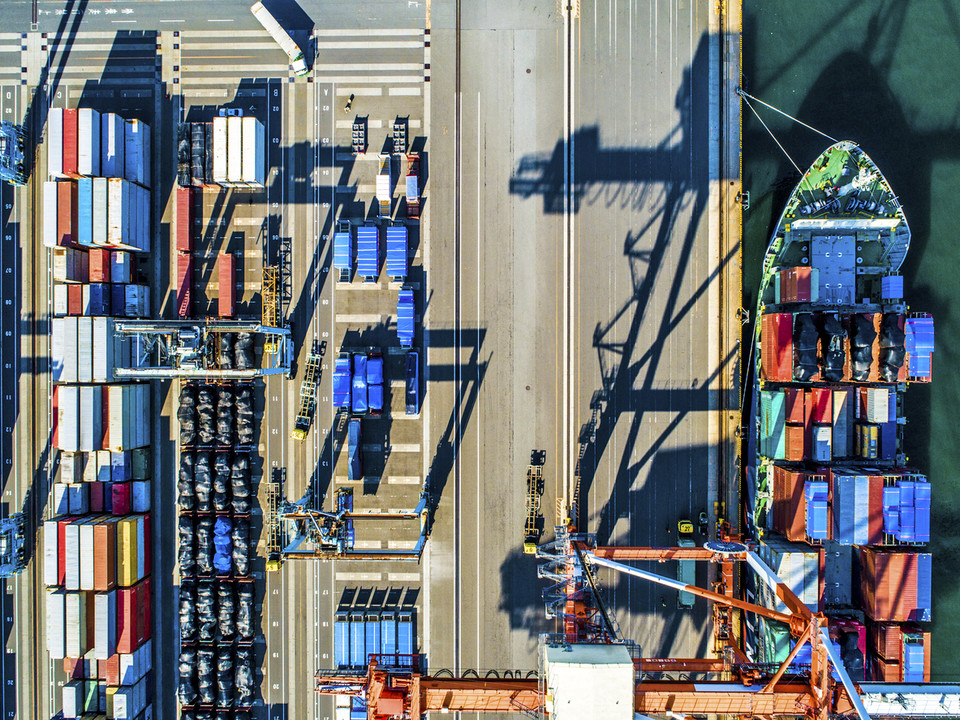Data through the retail value chain: today’s possibilities

By Matthew Burden
It’s no secret that Australian retailers are facing a challenging environment. First, consumer spending is both cautious and moving online. Simultaneously, department stores and high street brands are facing significant headwinds, with a growing list of international brands coveting the potential of this market, bringing new ideas and technology to a customer base hungry for disruption.
We are now well and truly in the intelligence age; promising a more efficient, convenient and personalised world and no organisation will be left unchanged.
In this environment, retailers must be brave – making conscious decisions to experiment, to invest and measure, to try and sometimes, to fail. Many will have to disrupt themselves before someone else does. They must be willing to let data and technology fundamentally transform the way they do business.
I firmly believe data-led innovation will be the key to sustainable retail operations and success in winning consumers’ hearts, minds, and wallets. In this new world, the ability to make decisions smartly, consistently and quickly – as well as to measure and conclude what to continue or stop – will be the difference between organisations that continue to grow, and those that ultimately fail. Retail is a zero-sum game, and data is the differentiator.
To really embrace this potential, retailers should look to fully embed data-led solutions into the value chain wherever they can add value. We’re talking about decision engines – algorithmic solutions that transform how we go about making and measuring decisions, based on all the available relevant data, at great speed and that are constantly learning to improve effectiveness. Data science and AI are making this kind of all-encompassing decision engine possible.
These engines are created and pointed at specific challenges in your value chain. We work with retailers to find the opportunities for data to intervene in major decision-making processes to improve operations and customer experience.
There is a human aspect to retail, an art of experience and decision making. We can take the amazing capabilities and experiences that already exist in retailers and amplify them through data science and AI. While a full data revolution across all aspects of the retail value chain is still a little way into the future, individual parts of it are already being significantly transformed with data-driven decision engines.
Personalisation
Today, it is possible (in a retail sense) to personalise everything – assortment, offer, media, channel and timing. It is possible to predict what a specific, individual customer (or group of customers) will want to buy, when they’re likely to buy it, from where, at what price or level of offer and how best to reach them to stand the best chance of converting to purchase. And I really mean that individual person – not a lookalike from a broader homogeneous group – but a genuine ‘segment of one’. Very few retailers are maximising the potential of this personalisation, yet it ensures true relevance to the customer and greater effectiveness of investment in offers, channels and media. (Read more about some of our media targeted media segments here.)
Forecasting
Parts of the retail industry have come a long way from instinctual and experiential decision making, but many still have a long way to go. It’s now possible to achieve automated, accurate demand planning based on the aggregation of predicted individual behaviours along with hundreds of factors like weather, economic conditions and calendar events. We can ingest, sort and interpret vast data sets quickly and efficiently. Retailers can optimise stock levels by accurately forecasting demand for individual SKUs, helping to eliminate lost sales and driving down waste. (Read more about AI based forecasting here .)
Combining range and space decisions
Data science and AI has demonstrated an intrinsic link between space and product assortment, and we’re now able to realise the potential of combined range and space decisions; optimising return on the space from an individual SKU in an individual store. Moving from aggregated segments again to a ‘segment of one’, we can create store ranges that are accurately tailored to local customer needs. As an ‘always on’ decision engine, we’re challenging the annual range review cycle – algorithms can know when a category needs reviewing, complete the review, and apply relevant changes to relevant stores without the need for external prompts. (Read more about breaking the range paradigm from our range expert Jennifer Dimić.)
Looking forward
In the future, AI and algorithms will support all aspects of the retail operation and will be able to tie them all together; recommending the right stock, seamlessly moving it through to the right parts of the business at the right speed to fulfil the right customer needs, through the right channel at the right time. They will continuously measure and learn, adapting the business and optimising the offer to the ever-changing needs of customers.
We’re not there yet, however retailers who are building decision engines like these now and applying them at individual points throughout the value chain are reaping the rewards. Businesses not fully embracing data’s potential are leaving a huge amount of value on the table, and risk being left behind.
At Quantium, we’ve seen five-fold improvements in results from machine learning approaches in personalised communication and double-digit improvements in forecasting accuracy through tailoring decision engines to the needs of our clients. If you’re ready to explore the potential for data science and AI to transform your value chain, we’d be delighted to speak with you.

